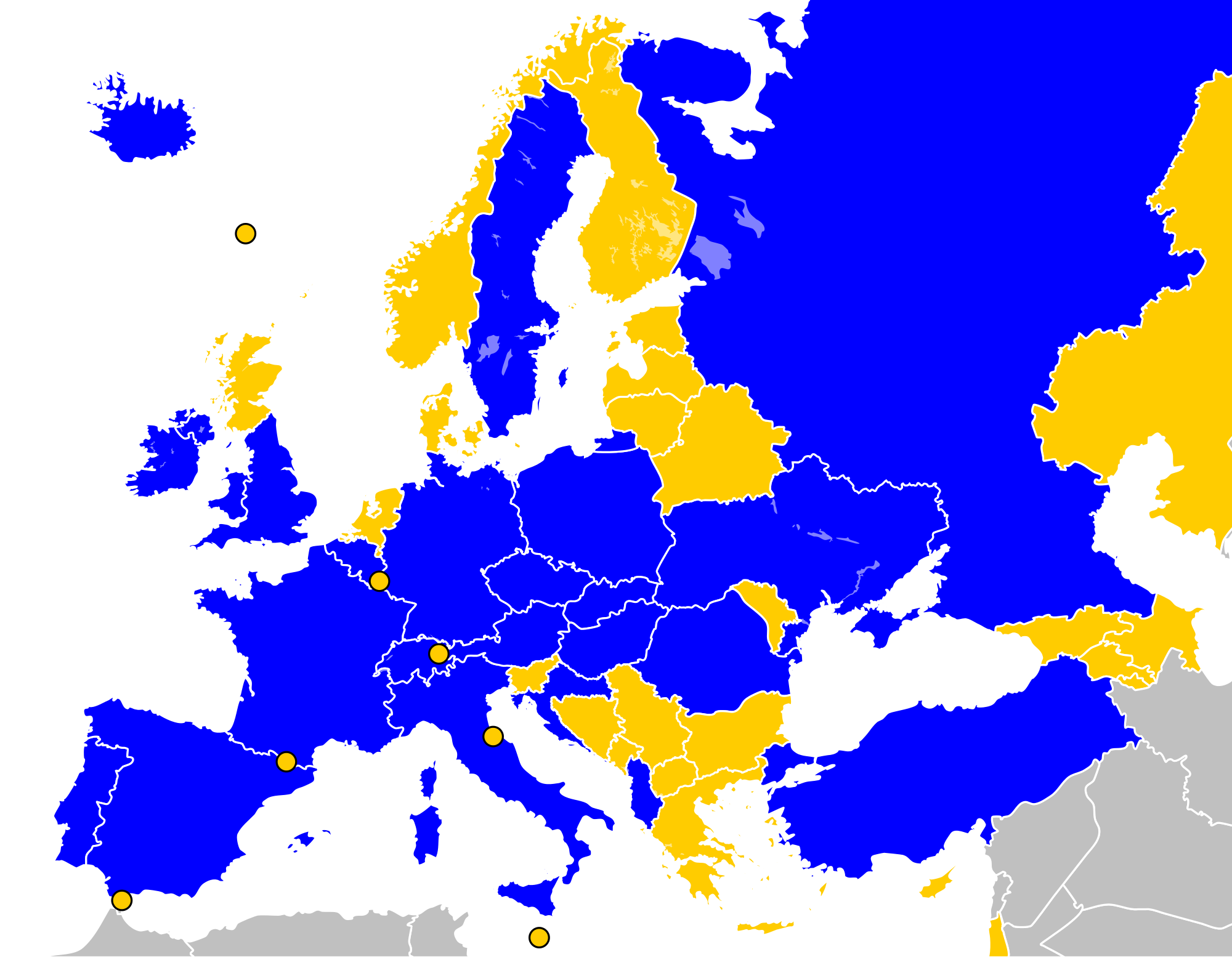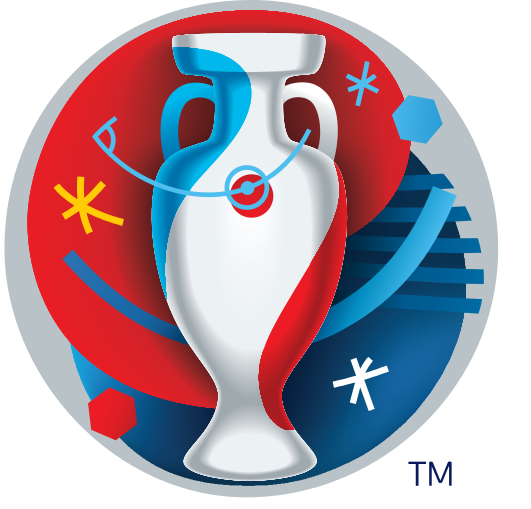[Sports] L’adversaire des bleus en 8èmes
Après la première place du groupe acquise par l’équipe de France, Baptiste Desprez de Sport24 se demandait aujourd’hui quel est l’adversaire le plus probable pour les Bleus en huitièmes. Ça tombe bien, on dispose d’un modèle capable de calculer des probabilités pour les matches de l’Euro. Je vous laisse lire l’article de Sport24 si vous voulez comprendre toutes les subtilités concoctées par l’UEFA pour ce premier Euro à 24. Nous, on va se contenter de faire tourner le modèle pour obtenir…



